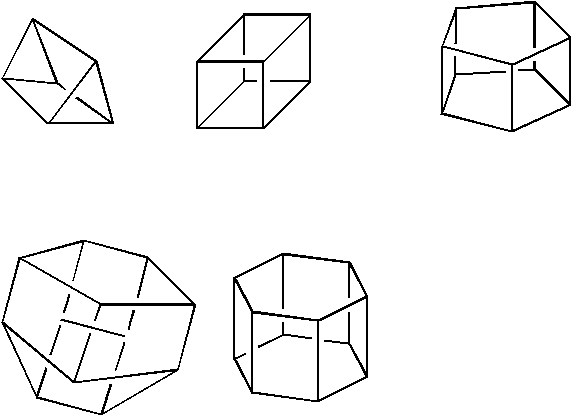Silsesquioxane compound mixture, hydrolyzable silane compound, making methods, resist composition, patterning process, and substrate processing
- Summary
- Abstract
- Description
- Claims
- Application Information
AI Technical Summary
Benefits of technology
Problems solved by technology
Method used
Image
Examples
example 1
Synthesis of Polymer 1
[0151]A four-necked 300-ml flask equipped with a stirrer, reflux condenser, dropping funnel and thermometer was charged with 10 g of 2.37% oxalic acid solution and 40 g of acetonitrile and maintained at 30° C. To the flask, 44.2 g (100 mmol) of Silane Monomer 1 in 40 g of acetonitrile was added dropwise over 5 hours. The solution was kept at 30° C. for 40 hours for maturation. The reaction solution was diluted with methyl isobutyl ketone (MIK) and washed repeatedly with deionized water until the organic layer became neutral. The subsequent concentration yielded 37.9 g of an oligomer.
[0152]Using 100 g of MIK, the oligomer was transferred into a three-necked 300-ml flask equipped with a stirrer, reflux condenser, and thermometer. 1.68 g of potassium hydroxide was added to the solution, which was heated under reflux for 20 hours. The reaction solution was cooled down, diluted with MIK, and washed repeatedly with deionized water until the organic layer became neutr...
example 2
Synthesis of Polymer 3
[0157]A four-necked 300-ml flask equipped with a stirrer, reflux condenser, dropping funnel and thermometer was charged with 10 g of 2.37% oxalic acid solution and 40 g of acetonitrile and maintained at 30° C. To the flask, 8.8 g (20 mmol) of Silane Monomer 2, 12.0 g (30 mmol) of Silane Monomer 3, and 15.7 g (50 mmol) of Silane Monomer 5 in 40 g of acetonitrile was added dropwise over 5 hours. The solution was kept at 30° C. for 40 hours for maturation. The reaction solution was diluted with MIK and washed repeatedly with deionized water until the organic layer became neutral. The subsequent concentration yielded 28.5 g of an oligomer.
[0158]Using 100 g of MIK, the oligomer was transferred into a three-necked 300-ml flask equipped with a stirrer, reflux condenser, and thermometer. 1.68 g of potassium hydroxide was added to the solution, which was heated under reflux for 20 hours. The reaction solution was cooled down, diluted with MIK, and washed repeatedly with...
example 3
Synthesis of Polymer 4
[0160]A four-necked 300-ml flask equipped with a stirrer, reflux condenser, dropping funnel and thermometer was charged with 10 g of 2.37% oxalic acid solution and 40 g of acetonitrile and maintained at 30° C. To the flask, 8.8 g (20 mmol) of Silane Monomer 2, 12.0 g (30 mmol) of Silane Monomer 3, and 15.7 g (50 mmol) of Silane Monomer 5 in 40 g of acetonitrile was added dropwise over 5 hours. The solution was kept at 30° C. for 40 hours for maturation. The reaction solution was diluted with MIK and washed repeatedly with deionized water until the organic layer became neutral. The subsequent concentration yielded 28.5 g of an oligomer.
[0161]Using 100 g of MIK, the oligomer was transferred into a three-necked 300-ml flask equipped with a stirrer, reflux condenser, and thermometer. 2.87 g of 40% tetramethylammonium hydroxide was added to the solution, which was heated under reflux for 24 hours while removing water through an ester adaptor. The reaction solution w...
PUM
| Property | Measurement | Unit |
|---|---|---|
| Fraction | aaaaa | aaaaa |
| Solubility (mass) | aaaaa | aaaaa |
| Weight | aaaaa | aaaaa |
Abstract
Description
Claims
Application Information
 Login to View More
Login to View More - R&D
- Intellectual Property
- Life Sciences
- Materials
- Tech Scout
- Unparalleled Data Quality
- Higher Quality Content
- 60% Fewer Hallucinations
Browse by: Latest US Patents, China's latest patents, Technical Efficacy Thesaurus, Application Domain, Technology Topic, Popular Technical Reports.
© 2025 PatSnap. All rights reserved.Legal|Privacy policy|Modern Slavery Act Transparency Statement|Sitemap|About US| Contact US: help@patsnap.com



